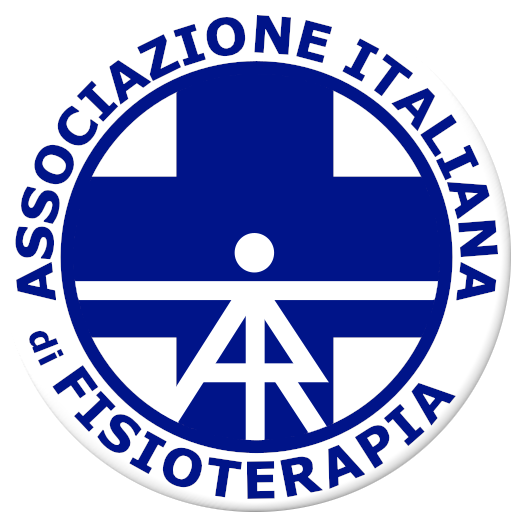MANEGGIO DELLE MISURE
RIDING SCHOOL AND SEWING: MEASURES AND HORSES
Introduction
Autism is a neurodevelopmental disorder that primarily involves language, communication and social interaction. It is characterised by restricted and stereotyped interests and repetitive behaviors. Due to the range of symptoms present in each patient, autism is now called Autism Spectrum Disorder (or ASD). In fact, the disorder covers a broad spectrum of symptoms, ability levels and disabilities, which may or may not affect the activities of daily living (ADL) and the independence. Hippotherapy is a therapy that uses the natural gait and movement of a horse to provide motor and sensory input. It aims to improve neurological functions and sensory processes and it is used for patients with physical and mental disorders, including ASD children. The aim is to study, deepen and synthesise research evidence with respect to the role of Hippotherapy as an additional and supportive activity within the rehabilitation project of children with ASD.
Methods
To evaluate the reaching of this objective, we proposed the following scales to 7 children with ASD:
– Time Up and Go Test (TUG), it consists of measuring the time a patient gets up from a chair, he walks 3 meters, he turns around and he walks back to the chair sitting down again. If the patient normally walks with an aid it should be used during the test. A time greater than or equal to 12 seconds indicates that the patient has a compromise balance and he is at risk of future falls.
– Five Times Sit to Stand Test, it is used to asses functional lower extremity strength, transitional movements and balance. Its score is is based on the amount of time a patient is able to transfer from a seated to a standing position and back to sitting five times. The patient sits on the chair by resting his back and he folds his arms across the chest. The lower is the time to complete the test the better is the outcome.
The hippotherapy activity has been proposed every week for twice.
Results
After 10 sessions of hippotherapy, there was an improvement in both balance and walking.
Discussion and Conclusion
: These scales are useful to evaluate balance and motor coordination. We noticed that throught these two scales we added many observations linked to the execution of the task. This dimension corresponds to behavioural difficulties of these children and we think that these observations should be traslated in measurable values
REFERENCES
The work is unfunded
